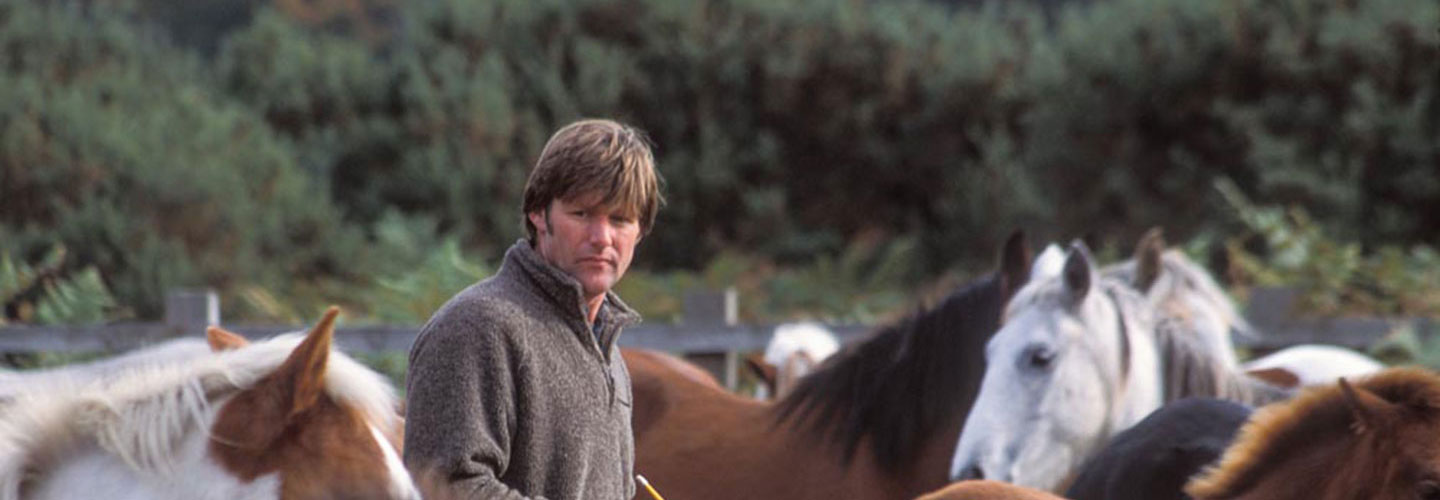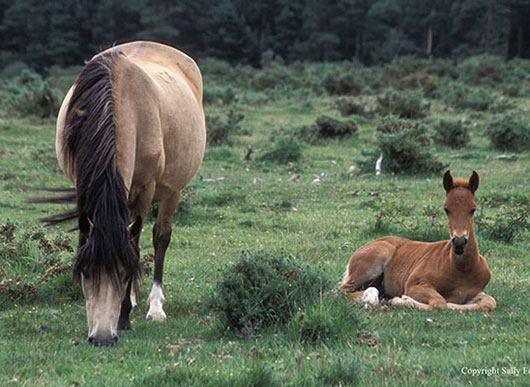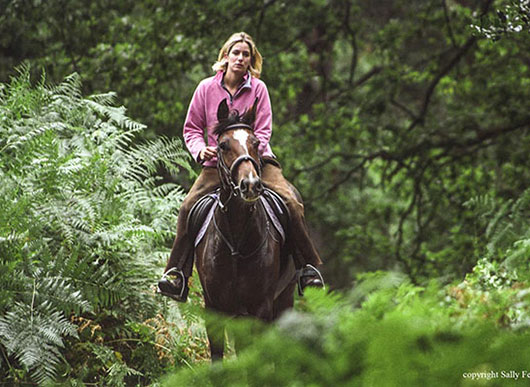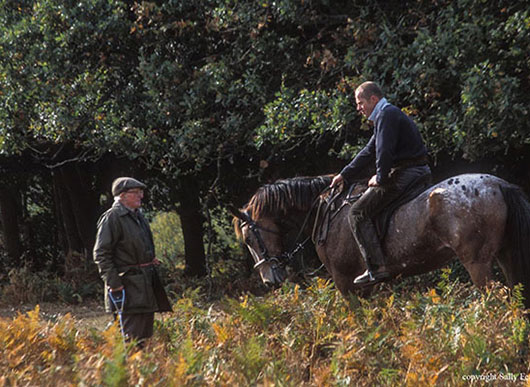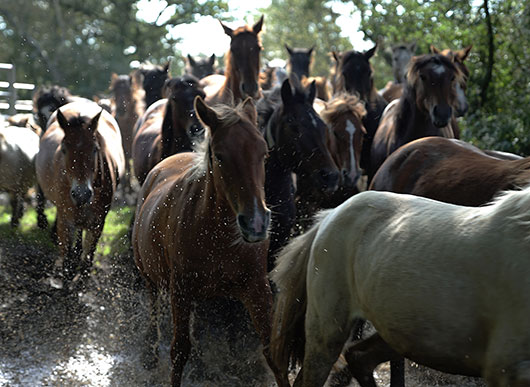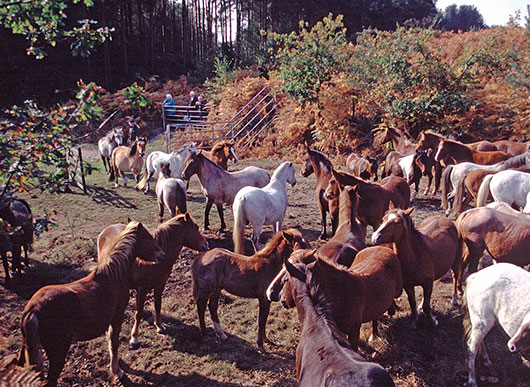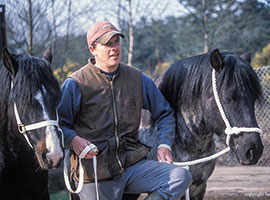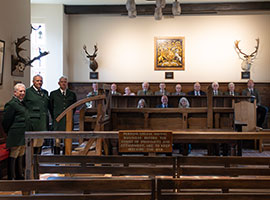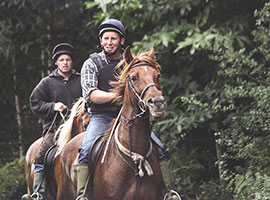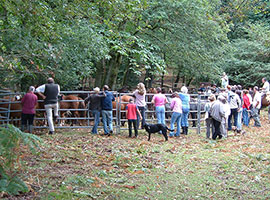What is Commoning?
Commoning, although a way of life to many, has seldom provided the total means of subsistence for any commoner.
Today, few children of commoners find it easy to continue the system because of the poor return involved, particularly in the pony market and a major difficulty is the lack of affordable back-up land (land needed to graze animals when they are not on the Forest) and housing in or close to the Forest.
Many properties with common rights are purchased as retirement or holiday homes or by people who work out of the area and many new owners have no intention of maintaining the old traditions.

